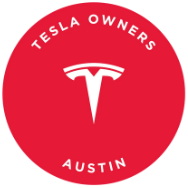Toyota’s concerns over the regulations requiring faster adoption of electric vehicles in California have sparked a debate in the automotive industry. Despite being a pioneer in hybrid technology, the Japanese automaker has been slow to embrace pure electric vehicles. However, Toyota has plans to launch several electric models in the coming years, including a three-row family SUV set to debut in 2026.
The head of Toyota’s North American operations, Jack Hollis, recently criticized California’s EV regulations, calling them “impossible” to meet. He expressed concerns that the regulations would limit consumer choice and distort the industry. California’s Air Resources Board’s Advanced Clean Cars II regulation aims for 35% of new vehicle sales to be zero-emissions by 2026, a target that Toyota believes is unachievable.
Despite Toyota’s reservations, the demand for electric vehicles in California remains strong, with 22% of new cars sold in the state being EVs. While Tesla dominates the market, other automakers are catching up, and experts believe that a 10% market share for EVs nationwide is within reach.
In addition to California, twelve other states have adopted similar standards, signaling a broader shift towards electrification in the automotive industry. However, there are concerns that scaling back these regulations could have a detrimental impact on the environment. Scientists warn that the planet is already surpassing critical temperature thresholds, and reducing tailpipe emissions is crucial for public health.
It is essential for automakers like Toyota to balance consumer demand, regulatory requirements, and environmental concerns in their product development strategies. While the transition to electric vehicles presents challenges, it also offers opportunities for innovation and sustainability. By investing in next-generation battery technologies and expanding their EV lineup, automakers can play a crucial role in shaping the future of transportation.
For more information on Toyota’s electric vehicle plans and the evolving regulatory landscape, stay tuned for updates from InsideEVs.

